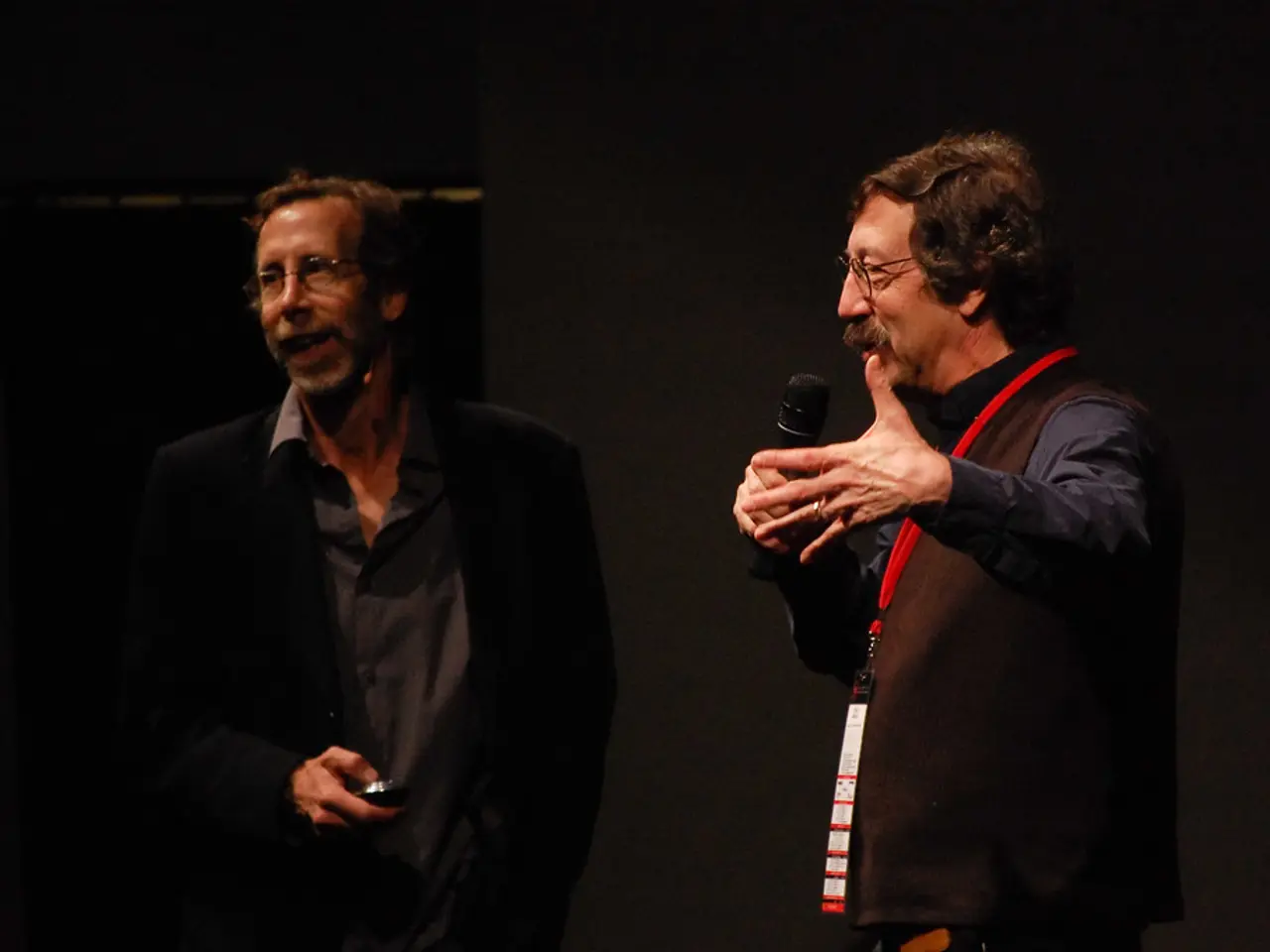"Celebrating half a century of Sholay: The origin of the enduring Bollywood antagonist, Gabbar Singh, played unforgettably by Amjad Khan, alongside stars Amitabh Bachchan and Dharmendra"
=====================================================================================
In the world of Hindi cinema, the character of Gabbar Singh, portrayed by the late Amjad Khan in the 1975 blockbuster Sholay, has left an indelible mark on the portrayal of villains in Indian film.
Initially, the role was offered to Danny Denzongpa, but due to delays in the production of Sholay and commitments to another film, he had to decline. Salim Khan, the co-writer of the film, then approached Amjad Khan, whom he knew through his father, and who had a strong presence in theatre. Amjad Khan took on the role with gusto, growing a beard and blackening his teeth to embody the menacing Gabbar Singh.
Gabbar Singh unleashes a reign of brutality on the village of Ramgarh, killing without remorse and breaking the spirit of its people. His character is unique, characterized as sadistic, unpredictable, and merciless. Yet, there is an element of humor in his character, as noted by film historian S M M Ausaja.
Gabbar Singh's first appearance in the movie is an hour in, where he is seen walking on boulders and asking his henchmen about the number of people they encountered. His dialogues, particularly lines like “Kitne aadmi the?” transcended the film to become part of everyday language in India, referenced in political speeches, advertising, and common banter.
Amjad Khan's portrayal of Gabbar Singh was exceptionally good, according to Ausaja. The character's complexity, combined with his charisma and screen dominance, challenged the conventional moral hierarchy, heralding a shift in Hindi cinema that allowed villains to become central, magnetically memorable characters capable of commanding fan followings and inspiring mimicry.
Gabbar Singh's persona became a cultural signifier symbolizing fear, bravado, and a form of anti-heroic freedom. His character was well-etched-out by Salim-Javed, according to Ausaja, and the film Sholay and Gabbar Singh redefined villainy — portraying it as stylized, impactful, and capable of leaving a lasting impression without excessive gore.
This created a template for Indian cinema villains that balanced menace with memorability, inspiring future filmmakers and actors alike. The character of Gabbar Singh set a benchmark for villain roles such that bad guys could obtain enduring popularity and become larger-than-life figures in Indian pop culture. Even decades later, Gabbar remains a reference point for villainy in Bollywood, reflecting his role’s timeless impact.
In summary, Amjad Khan’s Gabbar Singh revolutionized Hindi film villains by making them charismatic, culturally ingrained, and central figures, which reshaped the way villainous roles were conceived and portrayed in Indian cinema thereafter. His impact on Bollywood villainous roles for generations to come is undeniable.
[1] Chakravarty, S. (2003). Sholay: The Making of a Classic. HarperCollins Publishers India. [2] Mishra, A. (2014). The Romance of Indian Cinema: A Journey Through the Lens. Rupa Publications. [3] Sinha, S. (2017). The Indian Cinema Book. Tata Press. [4] Sengupta, R. (2014). Hindi Cinema: An Anthology of Indian Film Theory. Oxford University Press. [5] Khanna, A. (2008). The Bollywood Book of Lists. Penguin Books India.
- The impact of Gabbar Singh, portrayed by Amjad Khan in Sholay, extends beyond the realm of movies, influencing various aspects of entertainment and popular culture in India, such as career choices, movies-and-tv, and even everyday language usage.
- Amjad Khan's career in Bollywood, ignited by his iconic portrayal of Gabbar Singh, contributed significantly to the history of Indian cinema, redefining the conventional role of villains and paving the way for future talented actors to establish successful careers.
- The enduring popularity of villainous characters like Gabbar Singh in Bollywood reflects the influence of India's rich cinema history, shaping entertainment and creating a synergy between the past, present, and future of Indian movies and TV.




